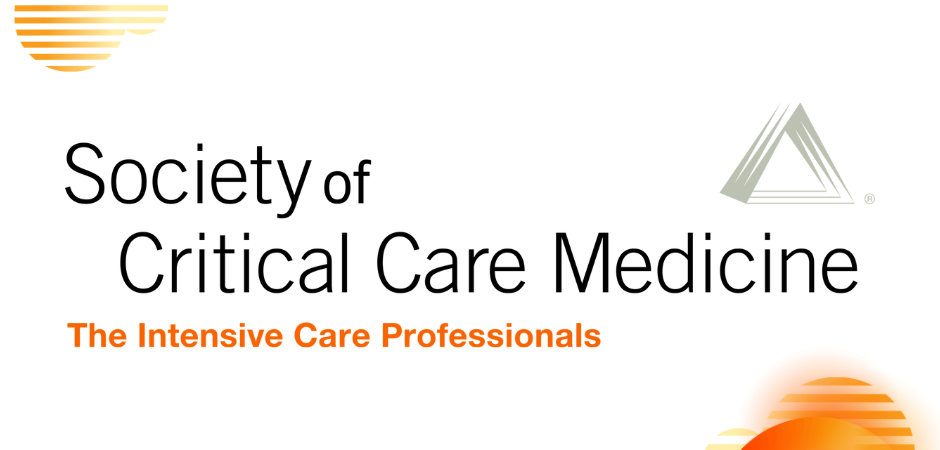The ICU Liberation Labs during the 49th Critical Care Congress featured information about the ICU Liberation Initiative - which aims to liberate patients from the harmful effects of pain, agitation, sedation, delirium, immobility, and sleep disruption that are common after ICU stays - and offered insights on the bundle's implementation from ICU Liberation Collaborative members.
Implementing elements of the Society of Critical Care Medicine’s (SCCM)
ICU Liberation Bundle (formerly referred to as the A-F Bundle): improved overall patient care; increased nurse confidence in screening, preventing and addressing delirium; enhanced interprofessional communication during bedside family rounds, and helped patients function better after discharge, according to Yu Kawai, MD, pediatric critical care specialist and the QI medical director of pediatric intensive care unit (PICU) at Mayo Clinic Children’s Center and Pediatric ICU Liberation Collaborative participant.
Dr. Kawai shared his experience implementing the elements of the bundle in his PICU at Mayo Clinic during one of 11 ICU Liberation Lab sessions at the 49th Critical Care Congress.
The sessions featured information about the ICU Liberation Initiative – which aims to liberate patients from the harmful effects of pain, agitation/sedation, delirium, immobility, and sleep disruption that are common after ICU stays – and offered insights on the bundle’s implementation from ICU Liberation Collaborative members.
Dr. Kawai said the first step in successful implementation is gaining support from departmental and divisional leadership and ensuring participation from the interprofessional team, notably the bedside nurses, respiratory therapists, pharmacists, mobility therapists, child life experts, and families. He explained that it is critical to have a champion from each discipline as many of the bundle components are performed by non-physicians. Once the interprofessional PICU team understood how it would improve care and began tracking and implementing the various elements and tasks, the benefits became clear. For example, a daily 10-minute ICU Liberation huddle with the team prior to morning rounds improved communication and ensured all of the patient’s liberation needs were met.
In addition, incorporating the ICU Liberation Bundle elements into a daily, bedside nursing rounding script was monumental in shifting the culture to focus on the liberation efforts. They found that the entire team performed more bundle element tasks aimed at alleviating adverse symptoms and became more involved in having regular discussions regarding de-escalation of care with the interprofessional team, which in turn increased family engagement, an important factor for improving outcomes in these children.
“Nurses were more confident in screening, addressing and understanding how to prevent delirium, and in turn, the prevalence of delirium decreased significantly. Preliminary data, unadjusted for severity of illness, showed a positive trend towards decreased mechanical ventilator days, shorter length of stay in the PICU, and improved functional status at the time of discharge, as
presented at the 2018 Critical Care Congress,” Dr. Kawai said.
The examples and results shared by ICU Liberation Collaborative members, such as Dr. Kawai, reinforce evidence that full or even partial implementation of the bundle results in significant improvements in ICU patient outcomes.
